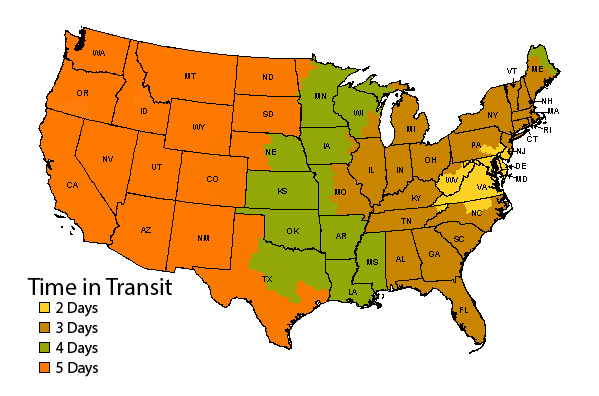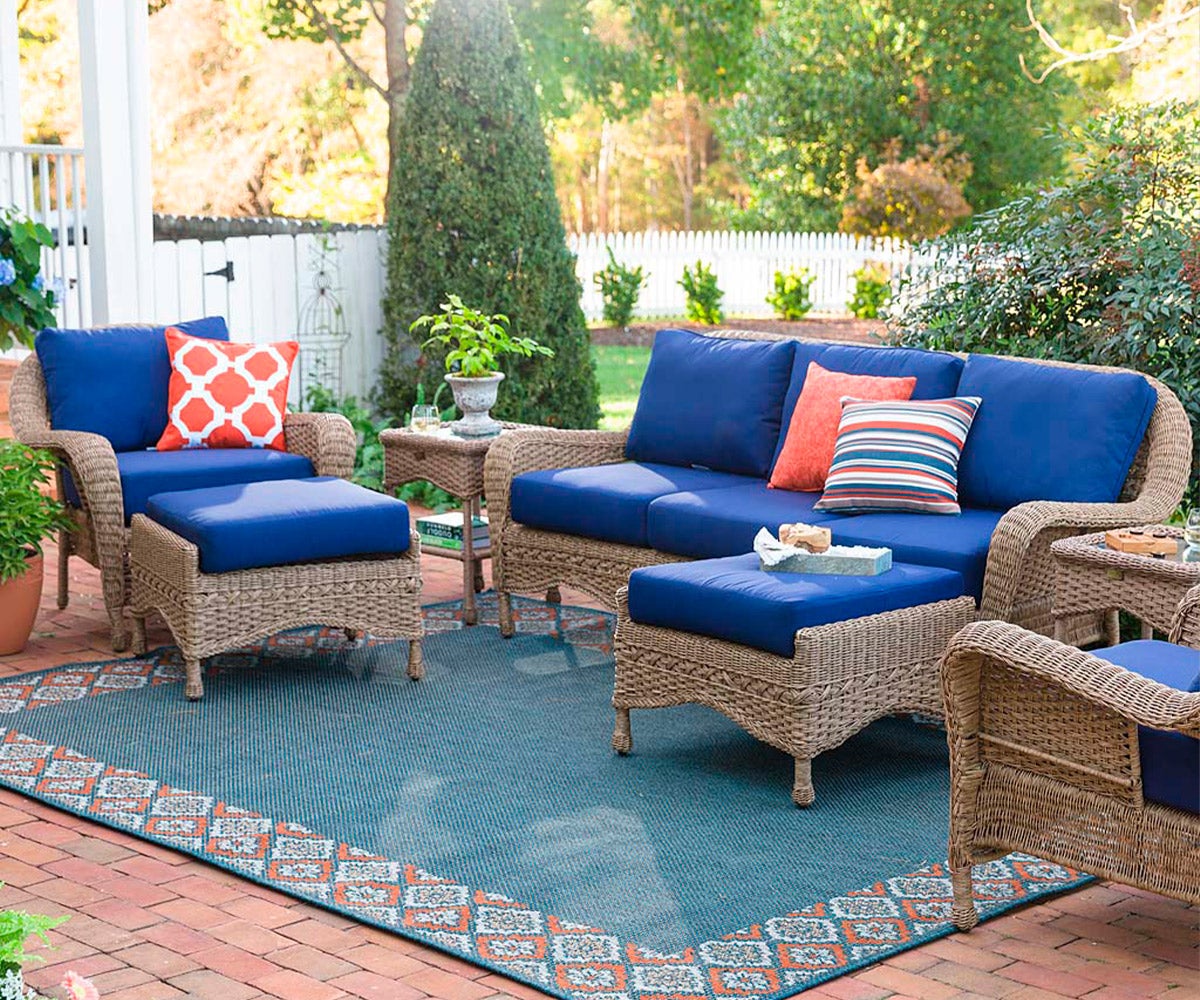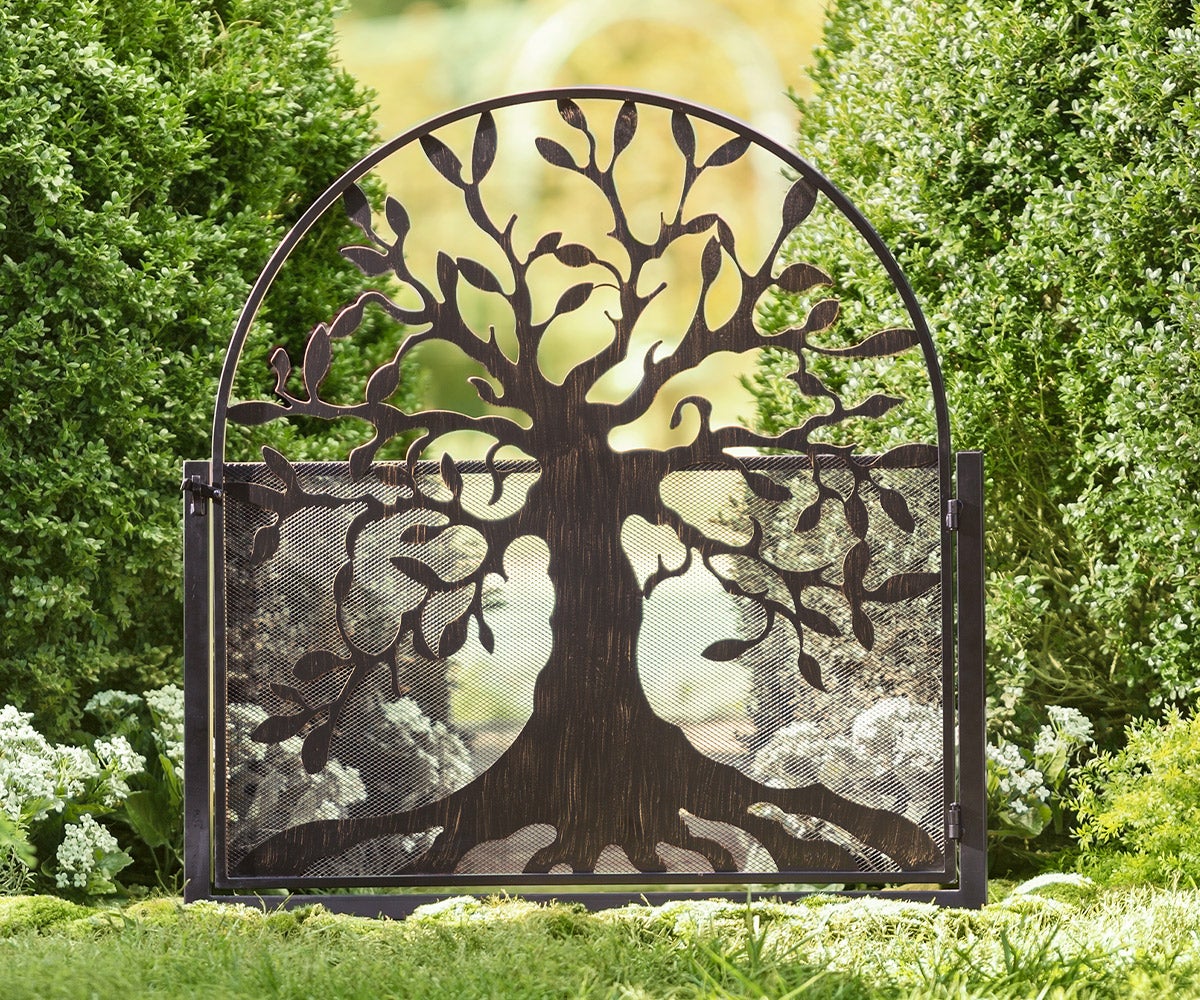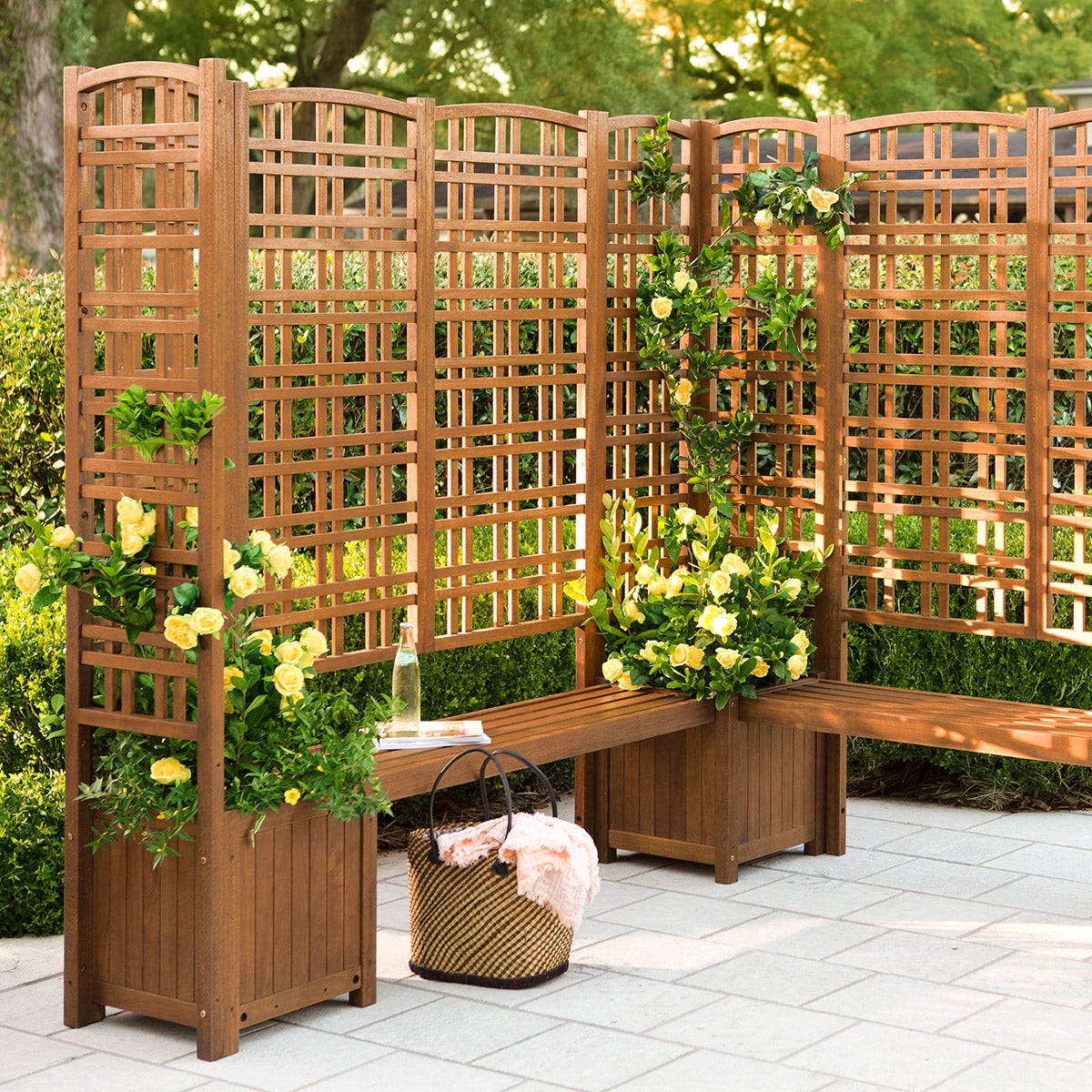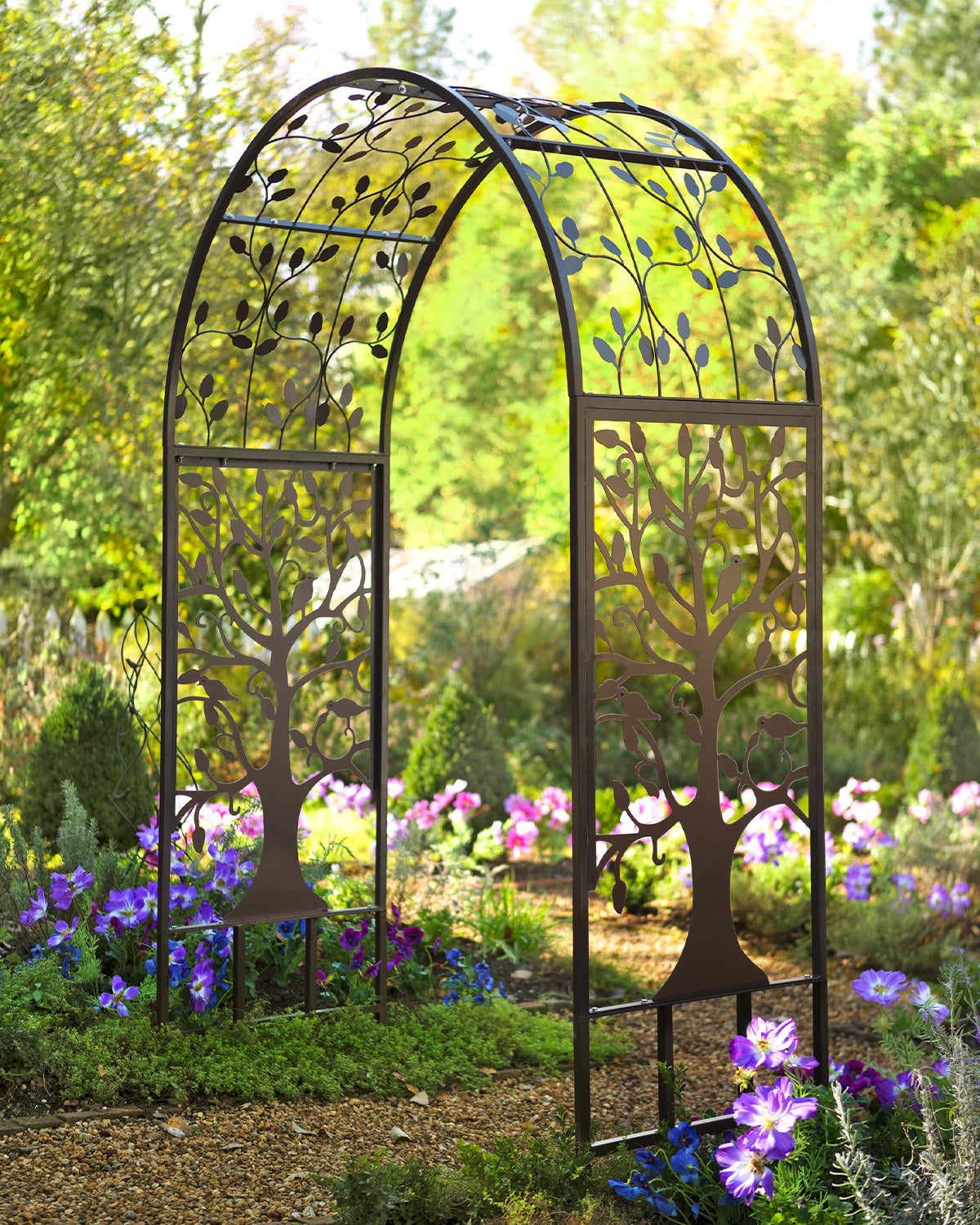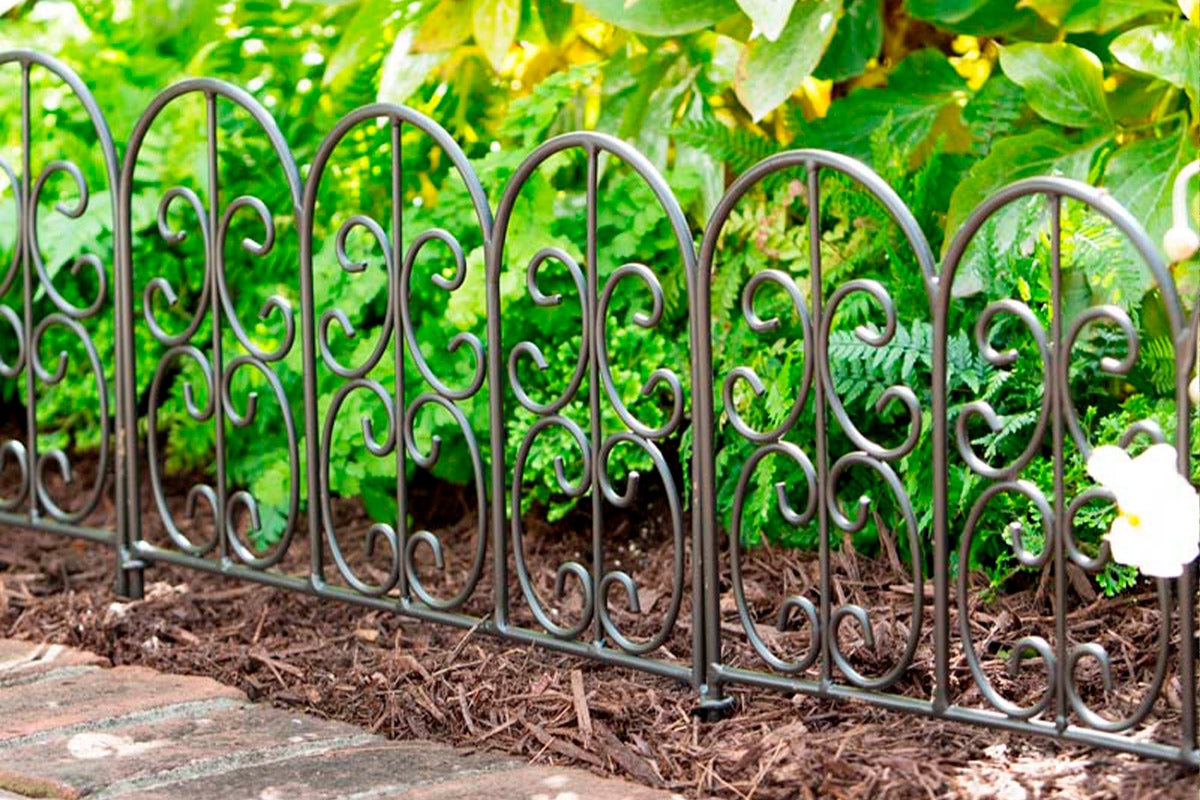Divide It Up
You can create a sense of enclosure (provide walls) with many different materials: Hedges, walls, fences, mixed borders with a few tall shrubs, or any combination of these can be used. Floors are more obvious yet: A lush turf, a brick or bluestone patio (or path), gravel, and a bed of pine needles or bark mulch, all give a garden room a different sort of character. A ceiling in a garden room might be just the sky, but it could also be a large, vine-covered pergola extending over a patio area, or a grand shade tree.
Focal points really add to the character of garden rooms by giving the eye something to, well, focus on. A sculpture, a bench at the end of a path, a lone, giant terra-cotta pot at the intersection of two paths, an outdoor fireplace—these and other details can all be used to give a garden room a sense of place. Lastly, don't forget about the entrances or transitions between garden rooms. Arbors, gates, and bridges are just a few of the possibilities for clearly defining where one garden room ends and another begins.
